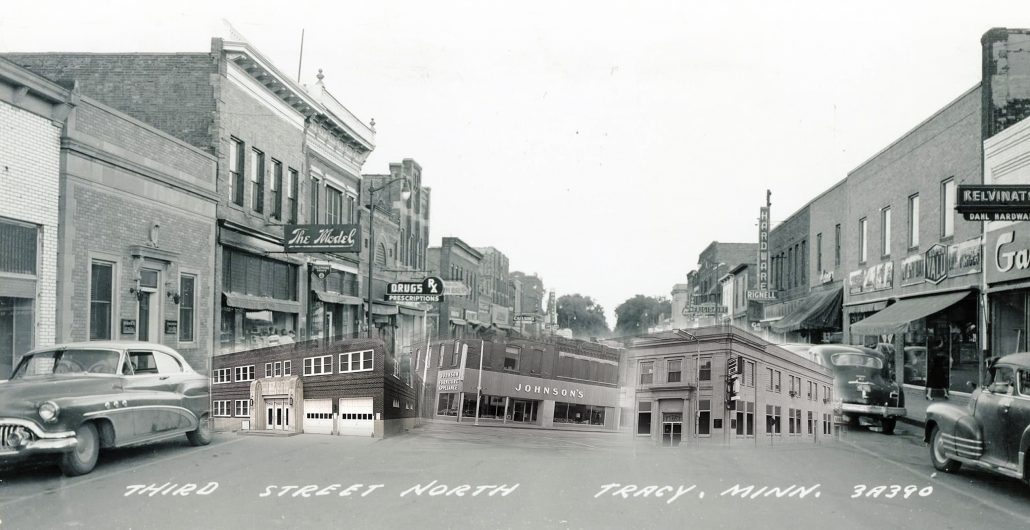
Are there any buildings in Tracy that could be classified as historic treasures? That’s what the City is currently trying to find out.
By Per Peterson
There’s no doubt there are a number of old buildings in Tracy, a city incorporated in 1893. The question is, are they considered historic and, if so, are they in line for grant money for possible renovations?
That’s what the City would like to find out, and a grant from the Minnesota Historical Society will help it do just that.
Tracy City Administrator Erik Hansen last week addressed the city council on a future project to determine the historical value of certain properties in the city with the possibility of getting some buildings registered with the National Register of Historic Places.
“Having these kind of properties in town is a kind of a sense of community pride and is a good marketing tool,” Hansen said. “Secondarily, if you can get some of our structures, like City hall, on the (national) register, then you can access additional funding for improvements. For example, we might be able to get a big chunk of the tuck-pointing that needs to be done on (the City Hall building) paid for.”
The grant will provide the city with $15,000 from the Minnesota Historical Society, with a local match of up to $2,000. All City funds for the project have been included in the 2021 budget.
The council on Jan. 27, 2021, issued a Request for Proposals to qualified consultants to perform research for the project. Three proposals were received by the Feb. 26, 2021, deadline; project costs ranged from $14,500-$15,000:
• New History is a Minneapolis-based firm with experience evaluating properties, performing surveys and preparing submissions to the National Historic Register. Its core services include historical research and consulting, historic architecture and project management for building reuse. The firm meets the Secretary of the Interior’s Professional Qualification Standards and are licensed to practice architecture and engineering. They propose a $15,000 project with completion in September 2021.
• 106 Group is a national firm with offices in St. Paul that has been in business for 28 years. Their qualifications exceed the Secretary of the Interior’s Professional Qualification Standards and anticipate a project completion in the fall of 2021 for $15,000.
• ADSIT Architecture and Planning, based in Minneapolis, is an architecture firm with a design emphasis in historic preservation. They did not propose a specific timeline and will complete the project for $14,500.
Upon evaluation of the proposals, Hansen and librarian Val Quist agreed the work should be done by New History because it is more specific with a timeline and strong commitment; had done more research in Tracy; and brings a more well-rounded level of expertise, with historians, architects and engineers making up the team.
Quist wrote the original grant. The City has already received 90% of the grant up-front to pay for the consultant.
“We have to have the project done by the end of this year to receive the grant,” Hansen said. “So it’s important we stay on task with this.”
Council member Seth Schmidt said the project would be “a good boost in the arm for Tracy” and also asked if the project would include private properties, and Hansen said it would. Owners of any private property targeted for the project would have the right to decline the honor of being considered for the grant.
“It’s not just government properties,” said Hansen. “One of the buildings we’d like to evaluate is the old (nursing home), across the street from the park. If anyone has a particular piece of property, the private landowner would need to let us know for sure, so it could be evaluated.”
Hansen said it’s also possible that besides the potential to access funds from the historical society for renovation, special placards could be available for buildings chosen for the project.
New History will eventually begin evaluating and assessing properties in Tracy to develop a list of buildings it thinks would be appropriate for consideration for inclusion on the National Historic Register. New History won’t be required to list aesthetic or structural improvements that need attention on any building on the list.
